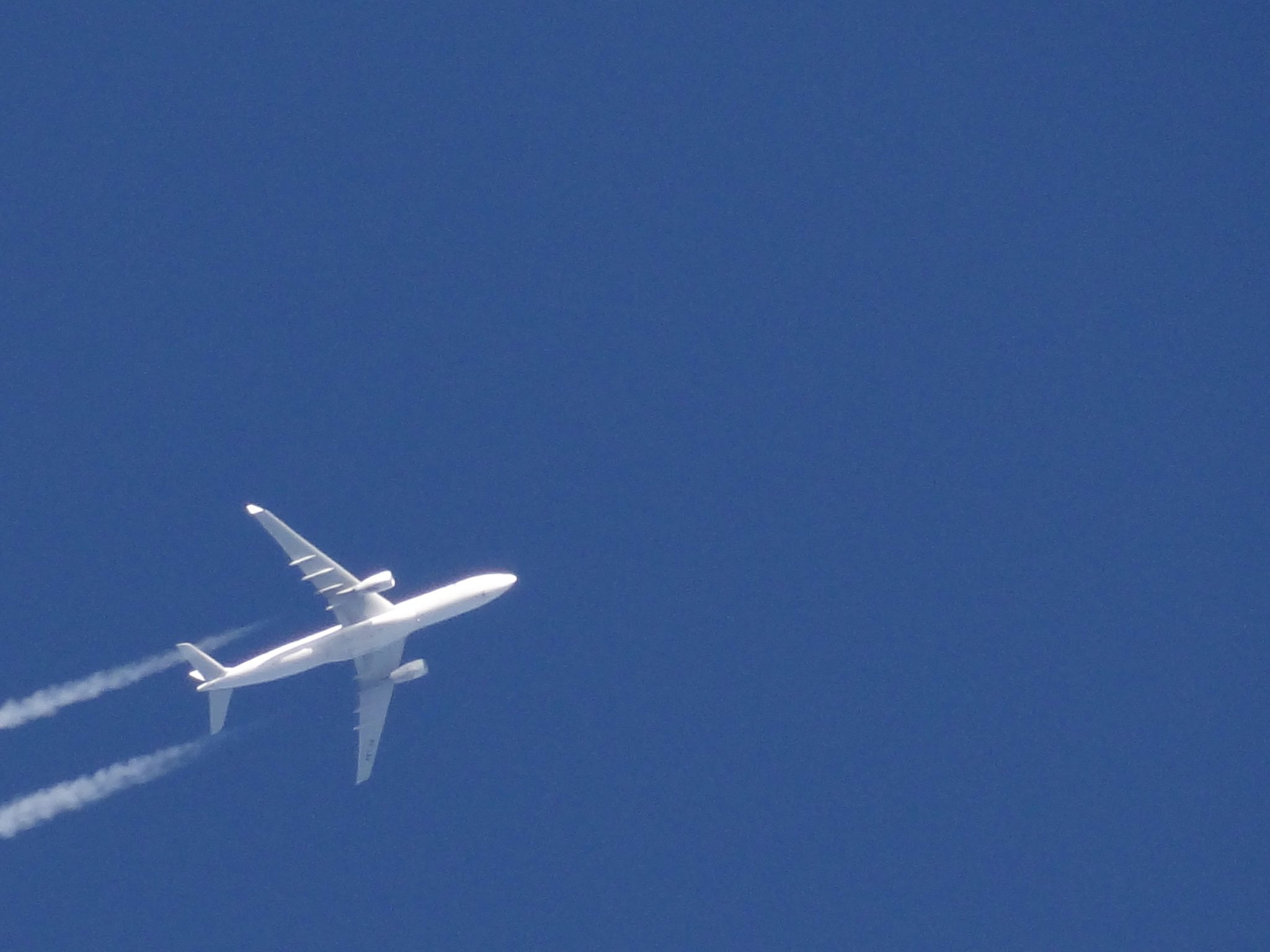Airlines are calling on the federal government to roll out measures that will spark production of sustainable aviation fuel in Canada.
A pair of industry groups said Friday that incentives are needed to match new programs in the United States and cut down on airplane pollution, which accounts for about two per cent of global carbon dioxide emissions, according to the International Energy Agency.
The country’s long history of resource development, agriculture, renewable energy and aircraft manufacturing should put it at the forefront of the push for greener skies, say the Canadian Council for Sustainable Aviation Fuels and the National Airlines Council of Canada.
However, Canada has yet to commercially produce any sustainable aviation fuel. Also known as SAF, the product that can power aircraft engines is typically derived from used cooking oils, animal fats or organic waste.
Airlines have asked Ottawa for a refundable investment tax credit at a rate of 50 per cent on production facilities. They’ve also requested a production tax credit with a 10-year horizon on par with an incentive south of the border. The goal is to foster fuel-making factories and long-term production.
American producers are already eligible for a tax credit of up to US$1.75 per gallon (3.8 litres) under the Inflation Reduction Act.
“Compare that to Canada, which is nothing,” said Jeff Morrison, who heads the national airlines council.
“If you’re an energy company and you’re looking at SAF as an opportunity and you’re looking, ’Where do I go?,’ it’s kind of a no-brainer.”
Last year, the federal government pledged $350 million to support decarbonization of the aerospace sector, establishing a national network that backs research and development projects that range from alternative fuels to aircraft design.
But the blueprint offered none of the manufacturing carrots that carriers were demanding, Morrison said.
“Research into green technologies and SAF production incentives need to go hand in hand,” he said.
The aviation industry has set a goal of net-zero emissions by 2050 through bodies such as the International Air Transport Association trade group and the International Civil Aviation Organization, a United Nations agency.
It is calling for more international co-ordination to establish standards and fund improvements on SAF as well as technology around electric batteries and green hydrogen – gas produced using renewable energy.
On top of the ambitious U.S. program, the European Union has set a timeline for green fuel thresholds. At least two per cent of the bloc’s jet fuel must be sustainable by 2025, climbing to six per cent in 2030, 20 per cent in 2035 and 70 per cent in 2050.
New Airbus planes can handle up to 50 per cent sustainable fuel, with the other half coming from old-fashioned kerosene-based fuel. The goal of the France-based giant as well as American rival Boeing Co. is to be 100 per cent SAF-compatible by 2030.
Production rates for SAF have doubled every year for the past three years, amounting to about 600 million litres in 2023, according to the sustainable aviation council. They’re expected to triple in 2024. But the boost will only bring the total to roughly 0.5 per cent of global fuel demand.
Part of the slow pace of supply relative to demand comes down to money. The green alternative, which shaves off about 80 per cent of a plane’s emissions, costs at least four times more than the petroleum-derived kind.
The prohibitive cost of sustainable fuel – along with the rising urgency to deploy it amid stricter government rules and a heating planet – mean the aviation industry faces an “existential threat” if it does not work to decarbonize quickly, said Deborah Flint, who heads the Greater Toronto Airports Authority.
“It’s pretty jarring,” she told attendees at a panel on clean aerospace at the Canadian Club in Toronto in October.
“The threats of reducing the (aerospace) business or making the business too expensive are very real and imminent for us”…



